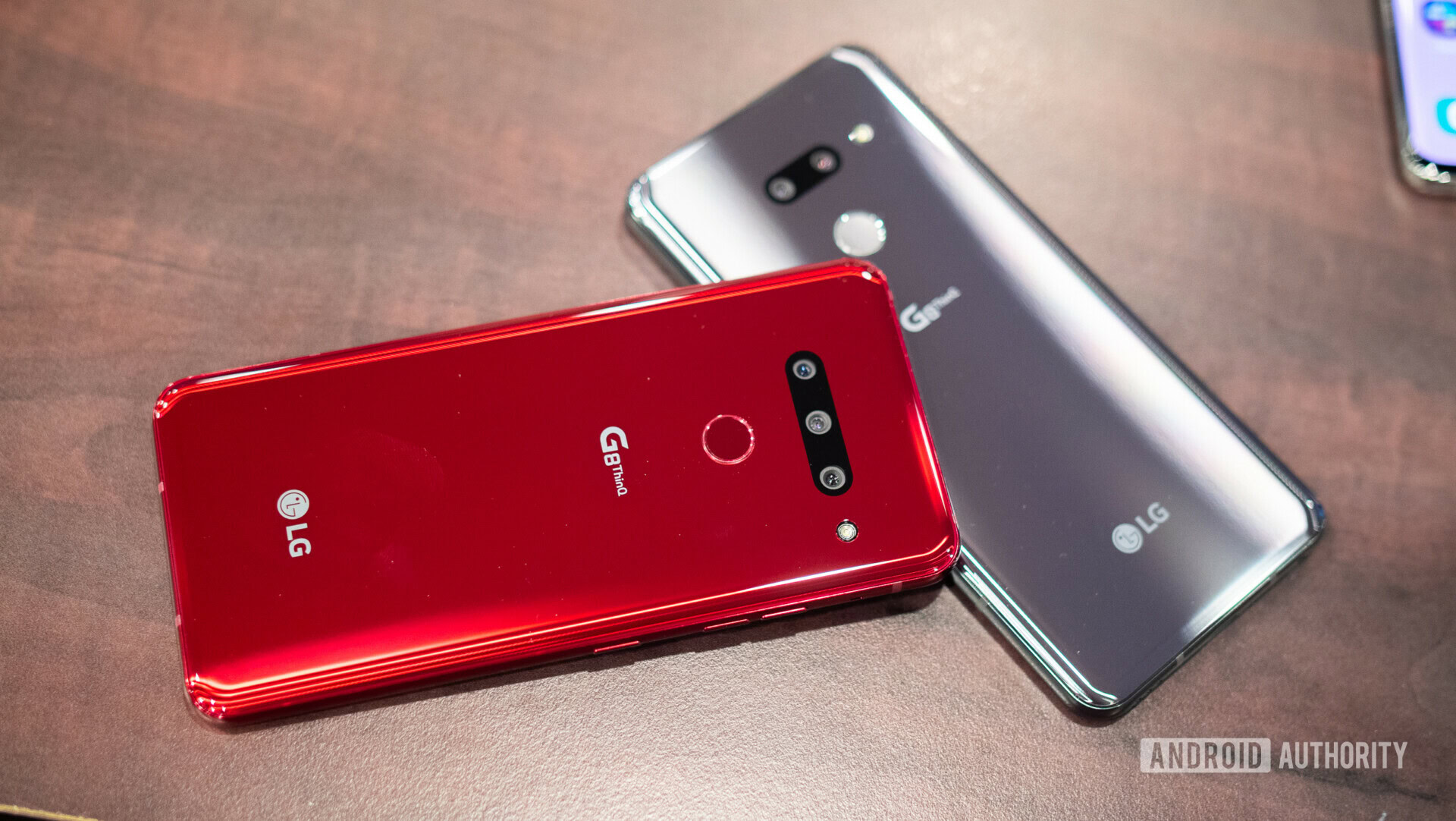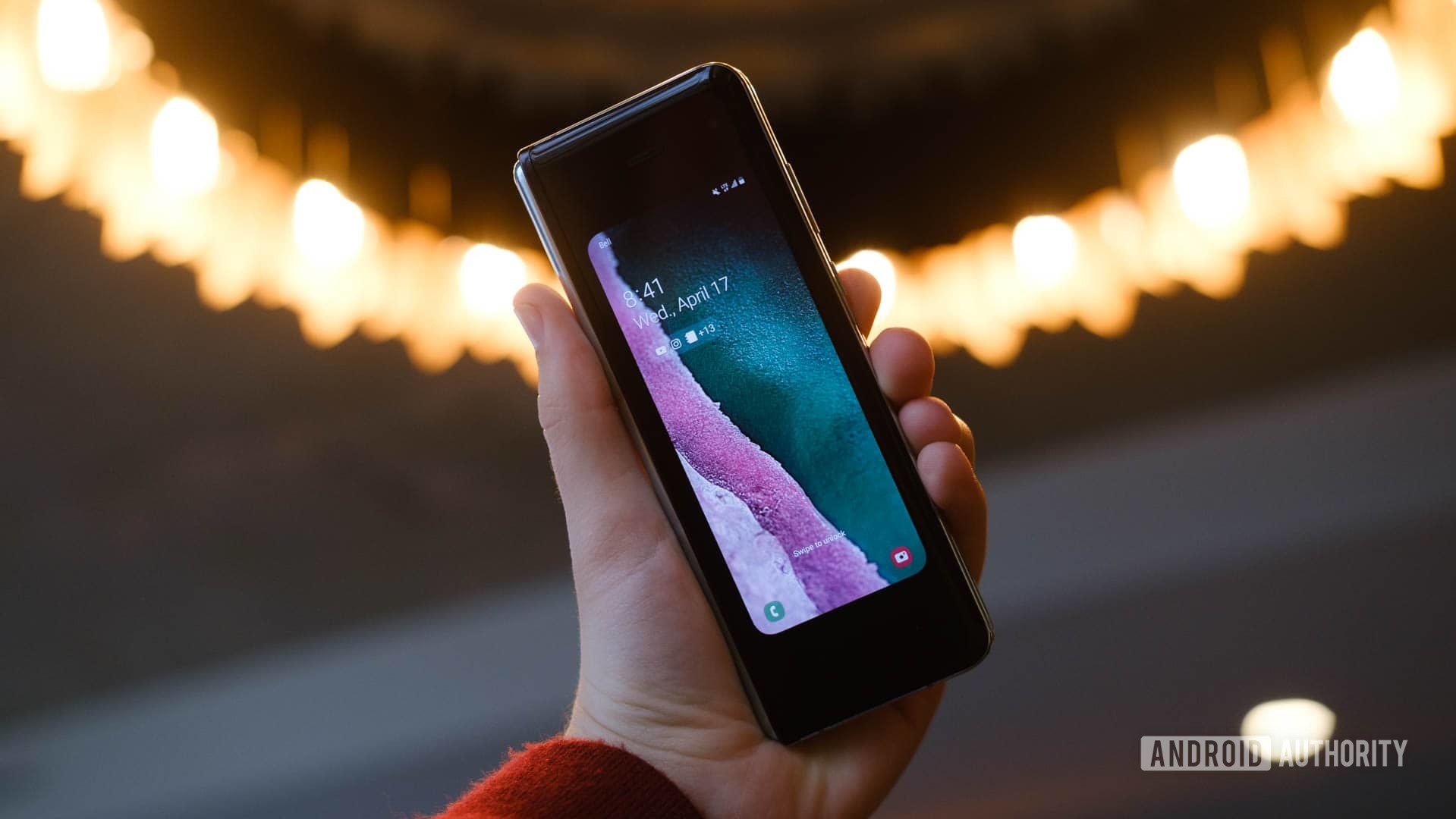Affiliate links on Android Authority may earn us a commission. Learn more.

LG G8 ThinQ camera review: average all around
Published onApril 24, 2019
LG LG G8 ThinQ
What we like
What we don't like
LG LG G8 ThinQ
The LG G8 ThinQ is geared to compete against the best flagships in the market, but in our full review we found it doesn’t do much to really stand out from the crowd. Can we expect the same from its camera?
- LG G8 ThinQ review: LG chooses to blend in rather than stand out
- LG G8 vs Samsung Galaxy S10 Plus: Flagship to flagship
We know many of you don’t mind a phone being short of amazing so long as the camera can keep up. I have taken it on my adventures and am ready to give you the full rundown and dive deep into the LG G8 ThinQ camera performance. Let’s jump right in!
LG G8 ThinQ camera specs
LG G8 ThinQ rear cameras:
- 16MP wide-angle lens
- ƒ1.9 aperture
- 1.0μm pixels
- 107 degree field of view
- 12MP standard lens
- ƒ1.5 aperture
- 1.4μm pixels
- 78 degree field of view)
- OIS+
- Up to 8x zoom
- Dual PDAF – autofocus using dual PD pixel sensor
- Features & modes: Manual, Graphy 2.0, AI Composition, Night View, Google Lens, Auto, Slow-Mo, Cine Video, Panorama, YouTube Live, Time-Lapse, 360 Panorama, Studio, Spotlight, AI Cam, Cine Shot, HDR, My Avatar, AR Emoji, Flash Jump-Cut, Live Photo, AR Sticker, Quick Sharing, Film Effect.
LG G8 ThinQ front camera:
- 8MP standard lens
- ƒ1.7 aperture
- 1.22μm pixels
- 80 degree field of view
- Z camera (time-of-flight (ToF))
- Features & modes: Studio, Spotlight, AI Cam, Cine Shot, HDR, My Avatar, AR Emoji, Flash Jump-Cut, Live Photo, AR Sticker, Quick Sharing, Film Effect, Story Shot, Makeup Pro, Auto Shot, Gesture Shot, Gesture Interval Shot, Gesture View, Beauty Shot, Selfie Light.
LG G8 ThinQ camera app
The LG G8 ThinQ camera app is pretty standard. The shutter button is on the bottom, accompanied by a video recording button and the preview shortcut. Above these there is a rotating set of shooting modes to choose from, with others saved under the “More” tab. Settings can be accessed in the top-left, with a few other shooting settings lined along the top (these change depending on the shooting mode).
Swiping in any direction from the viewfinder will rotate to the selfie camera. It would have been nice to be able to switch between modes by swiping, especially considering you can swipe in a whole four directions. Couldn’t two of these be reserved for switching modes?
Otherwise, the app works smoothly and is well organized. You get a lot of fancy features that don’t exactly make your life any better, but they are there if you want to play around.
- Ease of use: 9/10
- Intuitiveness: 8/10
- Features: 9.5/10
- Advanced Settings: 8/10
Score: 8.6/10
Daylight
Generally, cameras perform their best with plenty of light. A lower ISO and faster shutter speed usually translates to less noise and crisper images. However, it can mean stronger contrast and shadows, which tests dynamic range.
LG G8 ThinQ daylight images are nice, but nowhere close to what we have seen coming from other flagships.Edgar Cervantes
In the case of the LG G8 ThinQ we found plenty of issues. It had a hard time with white balance in multiple scenes. Images tended to lean more towards the cooler (blue) side, as we can see in images one, two and four.
Exposure levels seem correct, photos are crisp, and colors are nice and vibrant, but we do find plenty of issues with the shadows, which goes to show this phone may not be the best at dynamic range, even though Auto HDR was turned on. The shadow detail is there, but it is a bit darker than we would prefer. I do like that the more lit areas are not blown out, though.
Overall, these daylight images are nice, but nowhere close to what we have seen from other flagships.
Score: 7/10
Color
While competitors aim for enhanced, yet natural colors, the G8 almost over-processes things. It doesn’t look bad, but the colors do look a bit artificial, especially in images one and two. The third image was completely messed up by the white balance, which is cooler, as we can see in the cars below. It’s too much.
LG G8 ThinQ colors are vibrant, but they do look a bit artificialEdgar Cervantes
Contrast is good and colors are vibrant. They happen to be a bit too saturated, but that is something we know many of you enjoy. I prefer more natural colors, which is why the rating is a little lower.
Score: 7.5/10
Detail
The LG G8 ThinQ offers good but not outstanding detail. Image number one was lacking more light, so the detail in the foliage seems to have been over-softened.
Things look better once you step into more lit environments. The photo of the book pages has plenty of texture and detail in the print. The same applies to the image of the leather textbook. Take a look at the meat kebabs; you can almost see the chili powder flakes.
Zoom in and you will find these have all been softened to some extent, though. Doing this always kills detail, but you likely won’t notice most of the time.
Score: 7.5/10
Landscape
Shooting a good landscape photo with a smartphone camera can be complicated. Usually there’s a lot going on in a scene. In this case we have images with sand, concrete, sky, clouds, crowds, moving vehicles, mountains, structures and more.
These were all fairly well exposed, but we can see plenty of detail lost in the shadows, especially with the people in image two and three. Texture in the water and sand is good, but as we mentioned before, things look over-softened once we zoom in.
Colors are also less saturated in these instances, which could be the AI trying to balance things out once more elements are added to an image.
Score: 8/10
Portrait mode
Like many other smartphones, the LG G8 ThinQ uses multiple cameras to measure depth and figure out the distance between objects in frame and create a bokeh effect. With most artificially added bokeh, cameras often struggle to outline the subject — the LG G8 ThinQ is no exception.
Take a look around the shrimp in the first image and you will find multiple irregularities. There are also some outlining issues around my hair. Things do look better in the other images, but there are still some discrepancies here and there.
LG G8 ThinQ portrait photos look good, but do expect irregularities. Once you see them it is hard to ignore them.Edgar Cervantes
For some reason the camera didn’t expose for the subject in the second image. In the case of the fourth image, a huge part of the stick is blurred out.
The experience is not bad and the images look generally good, expect the irregularities. Once you see them, they’re hard to ignore.
Score: 7/10
HDR
High dynamic range photos aim to balance exposure across the frame. This means limiting highlights and bringing up detail in the shadows. This is usually done by taking multiple shots at different exposure levels and then merging them together, but smartphones don’t always do a great job when using their automatic procedures (see a comparison between manual and auto HDR results here).
We weren’t impressed by the HDR results coming from the LG G8 ThinQ. In the third and fourth images the brighter areas are blown out. Meanwhile, the darker areas of all images tend to be under exposed. In the second image the person indoors (to the left) is nearly blacked out. Likewise, it’s hard to see much of the interior in the first image.
Score: 6.5/10
Low-light
While all lowlight images look relatively nice, you can find issues if you look closer. In the first image it was very dark, so we can easily find signs of motion blur and softening. The second image had more light, but you can still tell some of the noise was erased with an unhealthy level of softening.
Dynamic range still struggles in the darker areas, but at least the images are well exposed and colors are vibrant. White balance leans more towards the warmer side when it’s darker, but we have seen high-end phones do worse. Overall, these are nice images given the circumstances.
Score: 8/10
Selfie
As sad as it may sound, my skin is definitely not as smooth as these images make it out to be. LG’s beautification features are on by default. While you can reduce these effects, they are still slightly noticeable when turned off.
This is no selfie king, but it can take good shots. These are all well exposed, colors seem natural, and there are no signs of motion blur in image number two, which was shot while walking. I wish they showed more detail, and the softening wasn’t as harsh, but most selfie cameras fail in these departments.
Score: 6.5/10
Video
It is really nice to be able to shoot 4K at 60fps. You can definitely see smooth motion in the scene. Detail is crisp and colors are vibrant. My main complaint here is that image stabilization goes to hell once you start recording at these higher settings.
Videos look great, but just look at how jittery the video gets when I am walking around. Things look much better once you lower your settings, but if you want to record 4K at 60fps while moving, you will probably need very stable hands or a stabilizer.
Score: 7/10
Conclusion

LG G8 ThinQ camera review overall score: 7.4/10
Despite all its features, the LG G8 ThinQ’s camera is nothing to write home about. The phone produces nice imagery generally, but it isn’t quite close to the best camera smartphones out there.
In our full review we mention LG played it too safe with the LG G8. It’s nice, but very average. The device stays true to the “jack of all trades” philosophy, including the “master of none” part. That’s true of the phone’s camera, too.
Recent camera reviews: